There is almost nothing better than running your smart home on your own server! And it’s hard to find better smart home system than Home Assistant itself.
I used to run my instance of Home Assistant on a QEMU virtual machine inside old rack server (Dell R620 with intel Xenon E5-E2630L, 64GB RAM and 10TB RAID5 storage). However, it turned out to be quite a bad choice of hardware. Power consumption, noise, and waste heat was too much for my liking. So, cluster of 4 Raspberry Pi 5 16GB with 128GB SSD each is slowly replacing my old Dell R620.
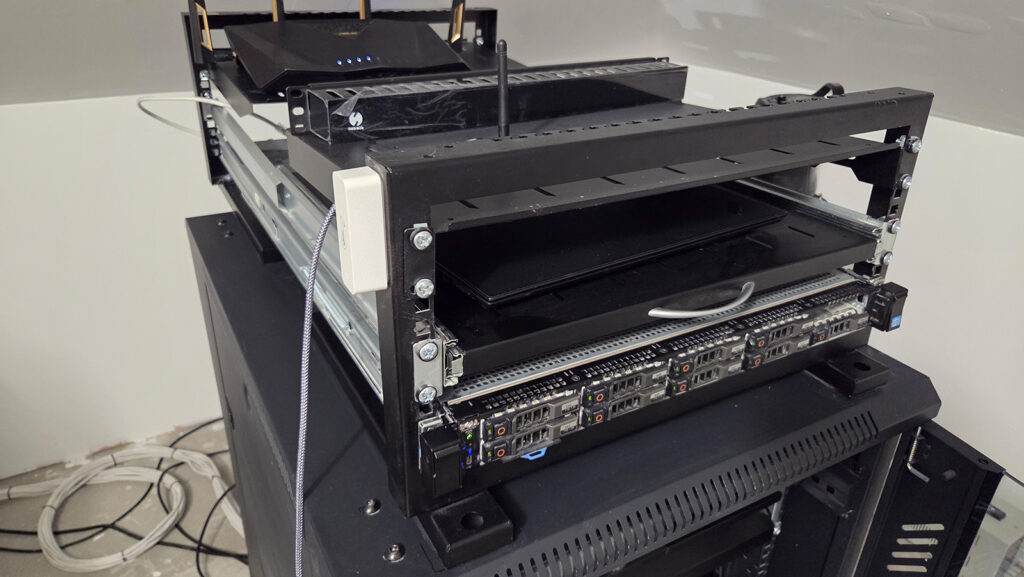
Officially, Home Assistant does not support running on Kubernetes. But it supports Docker. And since Kubernetes is Docker on steroids, it’s fully possible to make it happen.
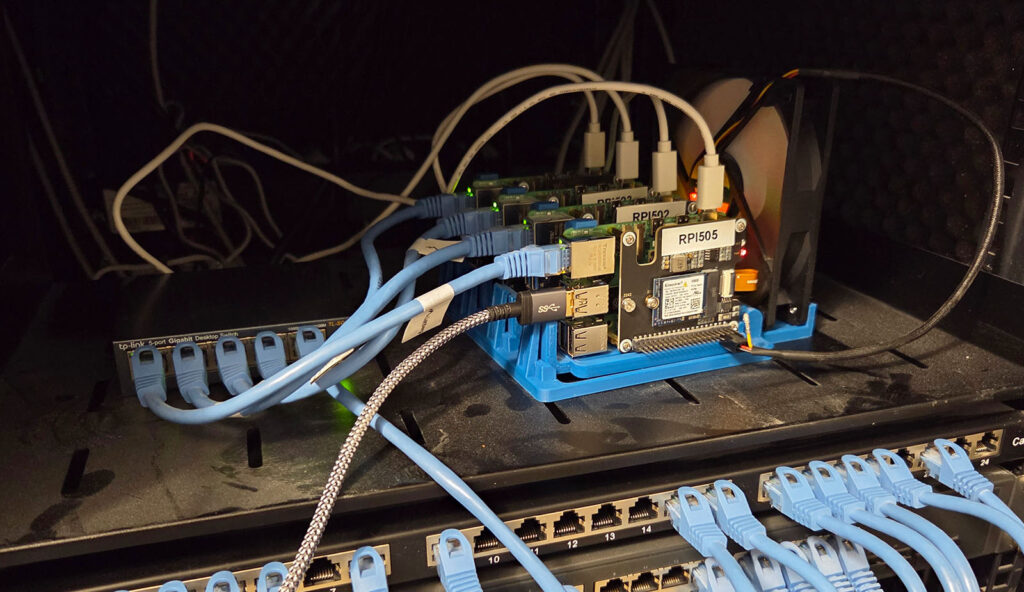
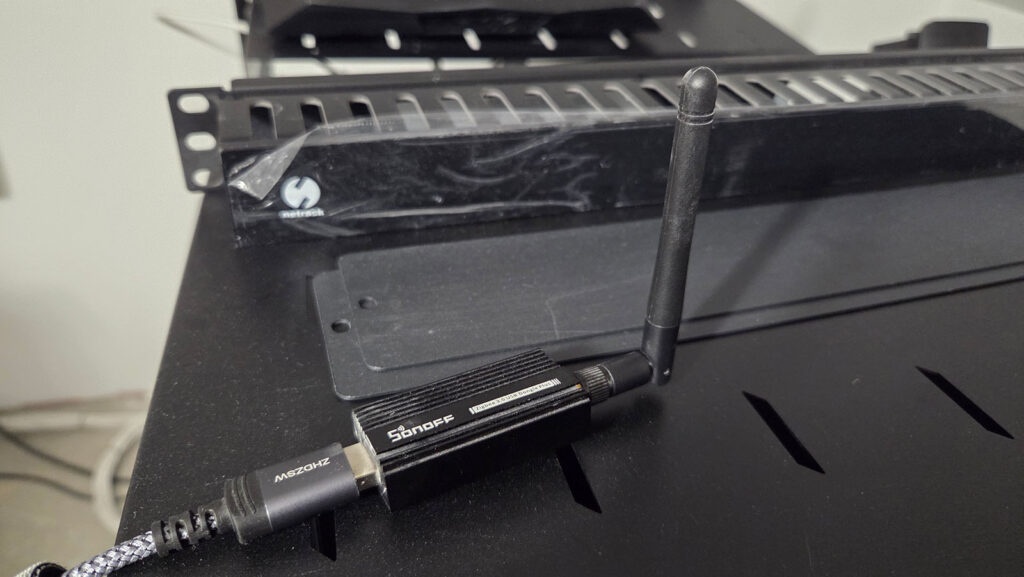
There are a few Helm charts for Home Assistant but I found all of the slightly too complicated for my liking and none met all of my needs:
- Straight forward setup
- Config volume based on Rook-Ceph and
cephfs - Load balancer
This is why, here is my version of it. Bear in mind, there are a few specific things:
- Storage is based on Rook-Ceph. If you don’t use Rook-Ceph, change
storageClassName: cephfstostorageClassName: microk8s-hostpathand add a Persistent Volume. Example of it at the bottom on the page - I use Zigbee dongle connected to only one of cluster’s Raspberry Pi’s. This means Home Assistant pod has to run on that node. To make that happen mark it with
environment: zigbeelabel. Just runkubectl label node <node-name> environment=zigbeeon the node with Zigbee dongle connected. - HA pod needs securityContext privileged to be able to access USB devices connected to host node. Zigbee dongle you know
/etc/localtimeneeds to be mounted a separate volume
And that’s all. Nothing complicated.
apiVersion: v1
kind: PersistentVolumeClaim
metadata:
name: home-assistant-pvc
spec:
accessModes:
- ReadWriteMany
resources:
requests:
storage: 512Mi
storageClassName: cephfs
---
apiVersion: v1
kind: PersistentVolumeClaim
metadata:
name: home-assistant-time-pvc
labels:
app: home-assistant
spec:
accessModes:
- ReadWriteOnce
storageClassName: microk8s-hostpath
resources:
requests:
storage: 1Mi
---
apiVersion: v1
kind: PersistentVolume
metadata:
name: home-assistant-time-pv
spec:
capacity:
storage: 1Mi
accessModes:
- ReadWriteOnce
persistentVolumeReclaimPolicy: Retain
hostPath:
path: /etc/localtime
claimRef:
name: home-assistant-time-pvc
namespace: default
---
apiVersion: apps/v1
kind: Deployment
metadata:
name: home-assistant
labels:
app: home-assistant
spec:
replicas: 1
selector:
matchLabels:
app: home-assistant
template:
metadata:
labels:
app: home-assistant
spec:
containers:
- name: home-assistant
image: "ghcr.io/home-assistant/home-assistant:stable"
securityContext:
privileged: true
ports:
- containerPort: 8123
volumeMounts:
- mountPath: /config
name: home-assistant-config-volume
- mountPath: /etc/localtime
name: home-assistant-time-volume
readOnly: true
nodeSelector:
environment: zigbee
hostNetwork: true
volumes:
- name: home-assistant-config-volume
persistentVolumeClaim:
claimName: home-assistant-pvc
- name: home-assistant-time-volume
persistentVolumeClaim:
claimName: home-assistant-time-pvc
---
apiVersion: v1
kind: Service
metadata:
name: home-assistant-lb
labels:
app: home-assistant
spec:
ports:
- port: 8123
targetPort: 8123
name: home-assistant-web
selector:
app: home-assistant
type: LoadBalancerVolume claim for host storage
If you want to use local storage (hostpath) here is a Helm snippet for that. Bear in mind, if Home Assitant pod will be relocated to different node, you will loose config. However, since we already pinned it ot the node with connected Zigbee dongle, that should not happen.
apiVersion: v1
kind: PersistentVolumeClaim
metadata:
name: home-assistant-pvc
spec:
accessModes:
- ReadWriteOnce
resources:
requests:
storage: 512Mi
storageClassName: microk8s-hostpath
---
apiVersion: v1
kind: PersistentVolume
metadata:
name: home-assistant-pv
spec:
capacity:
storage: 512Mi
accessModes:
- ReadWriteOnce
persistentVolumeReclaimPolicy: Retain
hostPath:
path: /home-assistant-pv #set you own location
claimRef:
name: home-assistant-pvc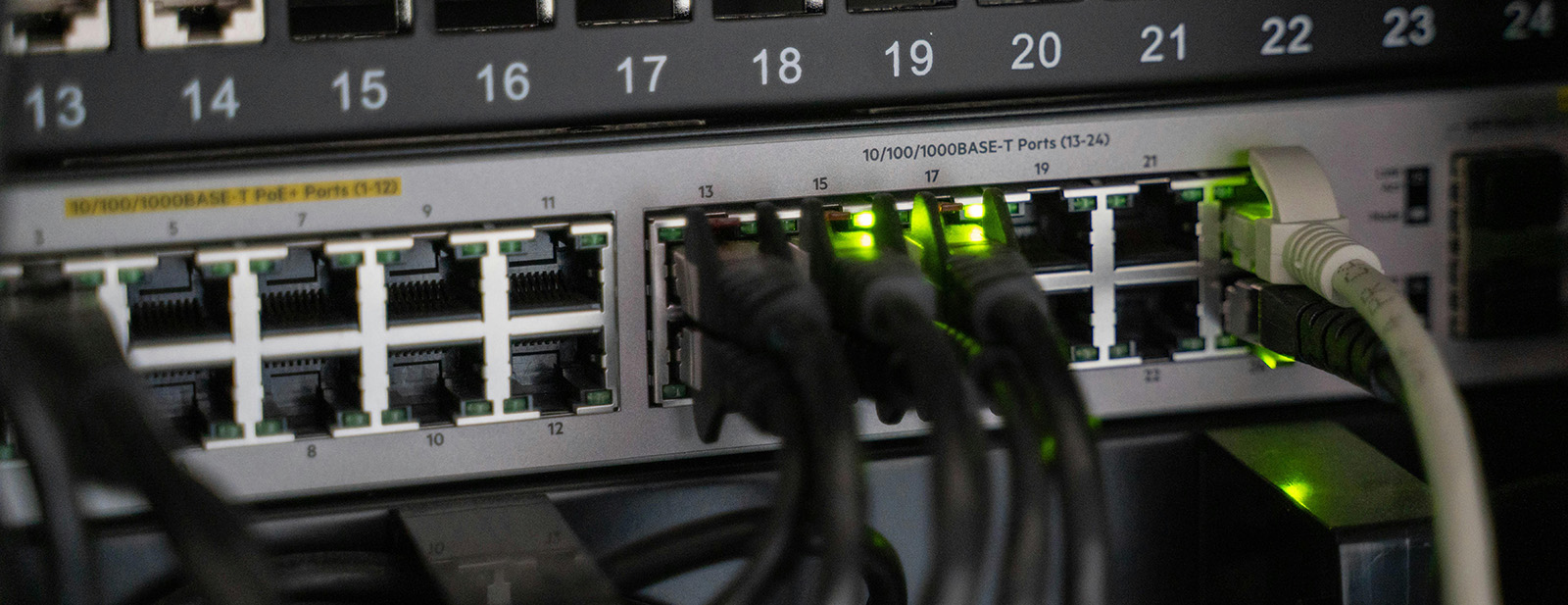

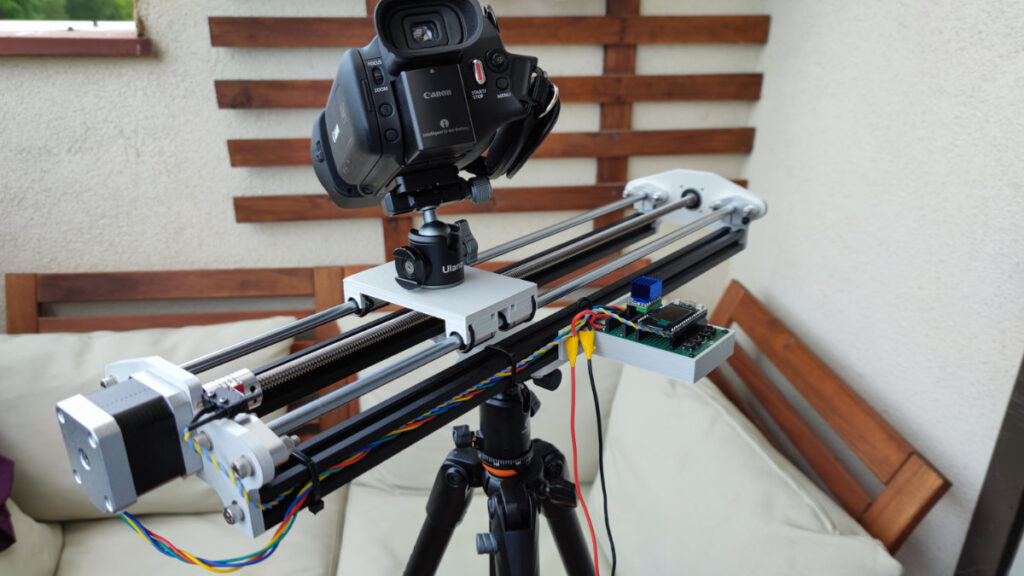


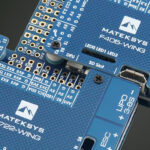

Leave a Reply